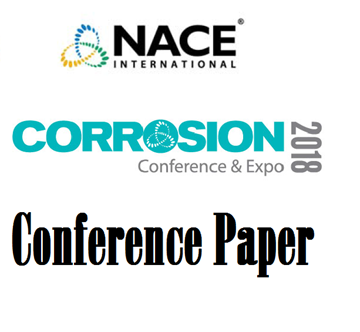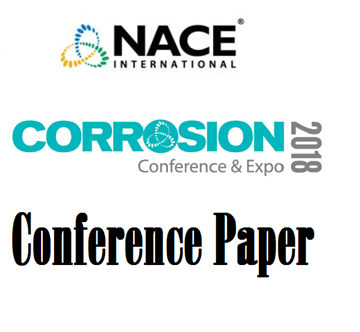Search
51318-10607-Inspection Monitoring and Modelling: Past Present and Future
Also Purchased
51318-10937-A New Perspective on Corrosion Monitoring
Product Number:
51318-10937-SG
Publication Date:
2018
$20.00
51318-10593-OPTIMIZED COSTING OF CORROSION CONTROL METHODS IN OIL AND GAS FACILITIES
Product Number:
51318-10593-SG
Publication Date:
2018
$20.00
51318-10629-The Development of Corrosion Monitoring Techniques for Maintenance Management in Petrochemical Plant
Product Number:
51318-10629-SG
Publication Date:
2018
$20.00




